

Damion Smy
Nissan Juke EV will use Leaf platform, due in 2026 - report
10 Hours Ago

Contributor
Among recent entrants into the electric vehicle space, Polestar is one brand rarely out of the headlines.
Whether it’s news related to the company itself, or the unveiling of a new model or concept, the brand is expanding into a significant player in the EV market.
It’s also the subject of our latest weekend brand feature.
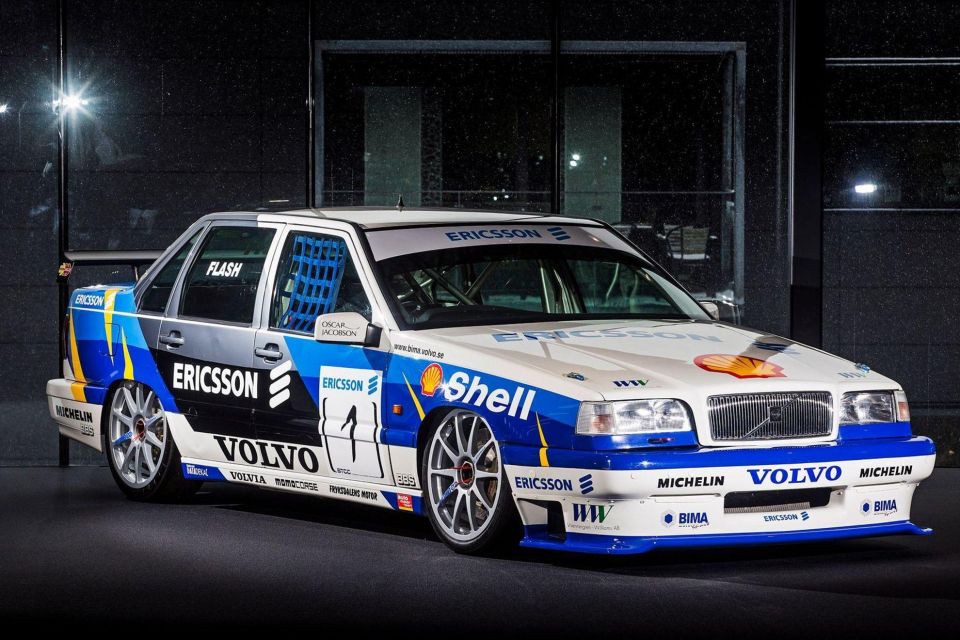
While the company may like to bill itself as a new entrant to the automotive space focused on EVs, it can actually trace its origins back more than 25 years, to 1996.
Back then, Swedish Touring Car champion Jan ‘Flash’ Nilsson established a successful motorsport racing team called Flash Engineering, using modified Volvos such as the 850R and S40 sedan.
It achieved more than 100 victories in various touring car championship competitions around Europe, over a ten year period, until 2005.
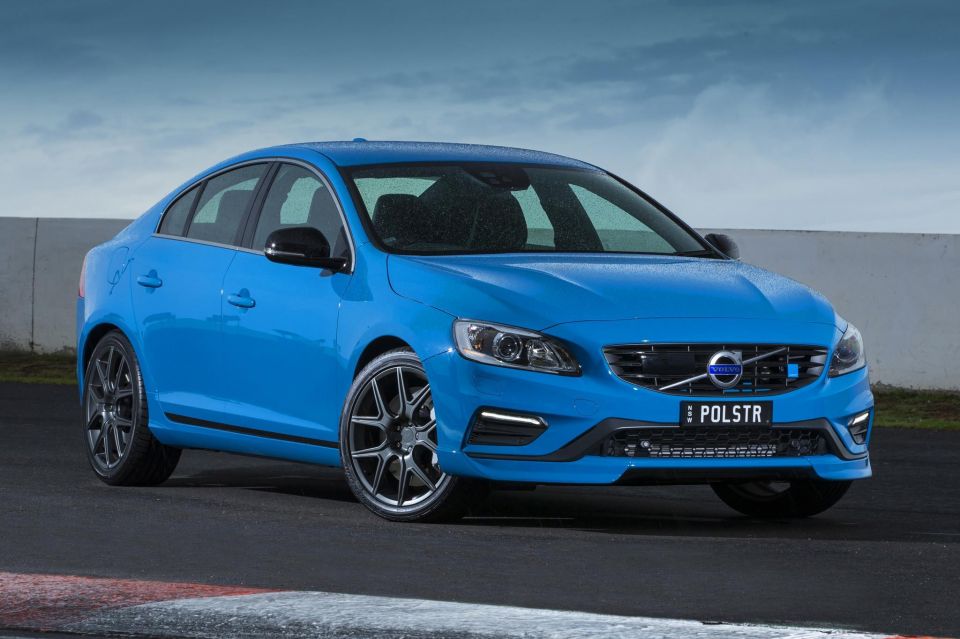
Having achieved what he set out to with racing Volvo cars, Nilsson decided to sell Flash Engineering to Christian Dahl, a racing engineer.
Dahl quickly rebranded the team to ‘Polestar Racing’ in 2005, continued using Volvo models as a basis for its motorsport activities, and strove to improve the company’s links with Volvo.
By 2009, still-independent Polestar had expanded into two divisions: namely Polestar Racing, which continued to focus on motorsport activities; and Polestar Performance, which tuned Volvo road cars for improved power and driving dynamics.

In 2010, Chinese industrial conglomerate Geely advanced its interests in the automotive industry by purchasing Volvo, from Ford.
Flush with cash, Volvo decided to purchase the Polestar Performance division outright in 2015. It became a sporty sub-brand somewhat like German rivals such as Mercedes-Benz AMG (now called Mercedes-AMG), Audi Sport, and BMW M.
Around this time, the Chinese government was strongly promoting EVs under its ‘New Energy Vehicle’ program, offering a range of incentives for manufacturers and customers to build and buy more environmentally friendly cars.
MORE: The Geely Empire explained
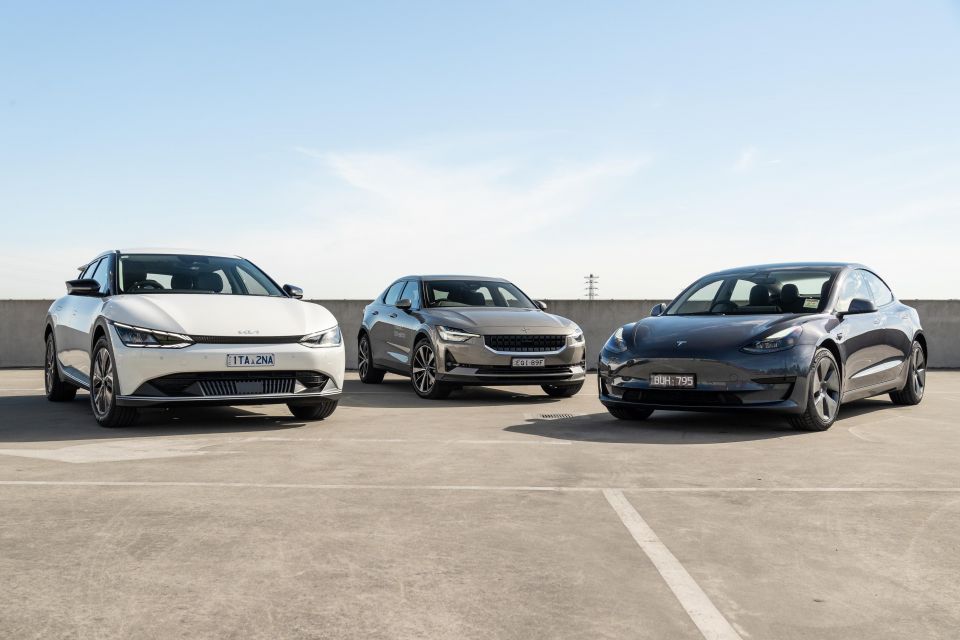
Realising this, Geely worked with Volvo to transform Polestar’s remit; from a mere sub-brand denoting high-performance Volvos, to a fully-fledged carmaker in its own right, dedicated to producing sporty EVs.
Granted, the first model from the brand, Polestar 1, was a low-slung plug-in hybrid coupé that was originally previewed as the 2013 Volvo Concept Coupé.
But the firm’s next model, the Tesla Model 3-rivalling Polestar 2, is battery electric only and sells in much higher volumes – including in Australia.
MORE: 2022 Kia EV6 v Polestar 2 v Tesla Model 3 comparison

Polestar and Volvo remained closely linked. A number of employees and executives transferred, such as Volvo’s design chief Thomas Ingenlath, who became Polestar CEO.
More recently, Polestar has been showing greater independence – perhaps the greatest evidence of this is a recent IPO (initial public offering). Polestar went public on June 24 under the ticker label ‘PSNY’, merging with the SPAC (special purpose acquisition company) Gores Guggenheim to begin trading on the Nasdaq exchange.
Polestar expects that the IPO will raise an additional $850 million for product development, R&D and growing sales and distribution channels.
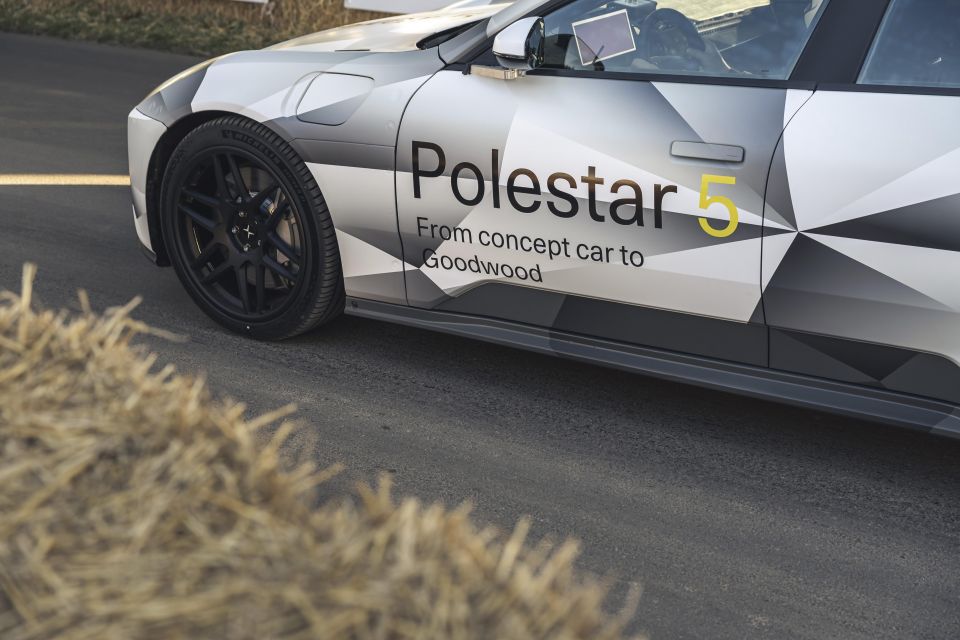
Volvo will retain a significant 49.5 per cent ownership of the company, while PSD Investment, the investment company of Geely chairman Eric Li, will continue to remain Polestar’s second largest shareholder.
Whilst Polestar will continue using Volvo and Geely facilities to produce its cars (and is expected to remain headquartered in Gothenburg, Sweden), it is probable the IPO will allow the company to further differentiate its designs, with a more avant-garde, dynamic and performance-oriented focus.
Indeed, CEO Thomas Ingenlath has confirmed that he wants to position Polestar as a direct Porsche competitor.
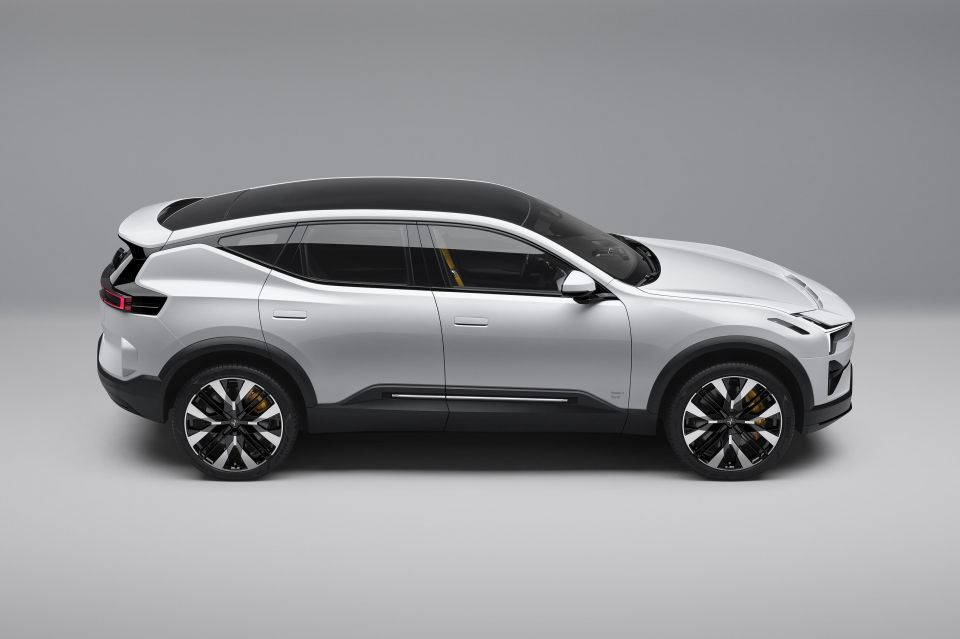
Alongside the IPO, Polestar has also announced a number of upcoming models to bolster its EV-only lineup following the Polestar 2.
The Polestar 3 will be the brand’s next mass-produced vehicle, with side-profile and rear images of the production version already teased, and the car to be fully revealed in October this year.
The large SUV will go head-to-head with the BMW iX and Mercedes-Benz EQE SUV when it launches, and is set to spearhead the Polestar brand’s charge in the USA.
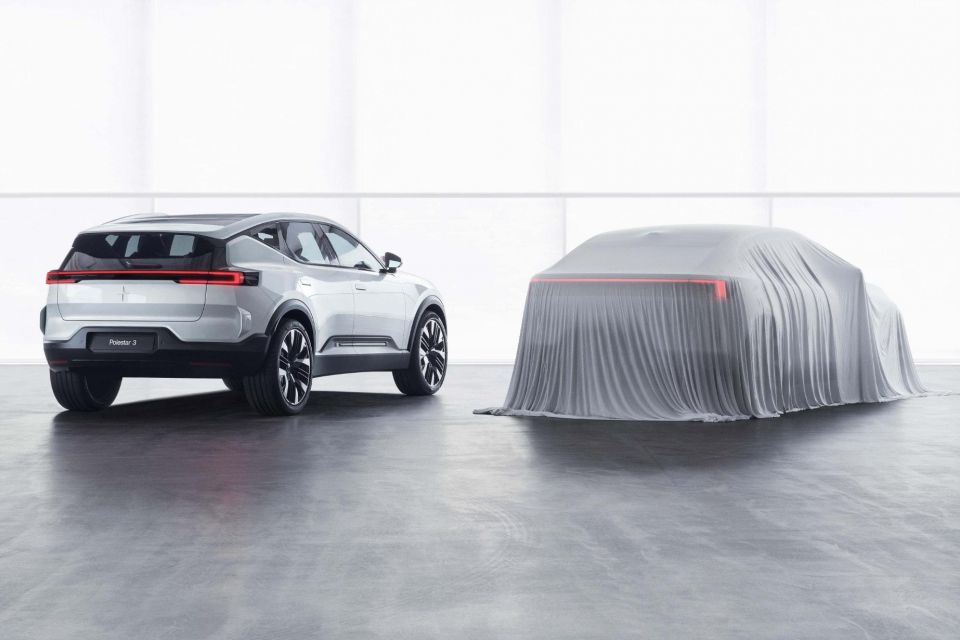
Under the skin, the 3 will share its bones with the next-generation Volvo XC90 – likely to be known as the Embla. It’ll be made in China and the USA, with production to kick off early in 2023.
Polestar claims that the 3 will offer a maximum driving range in excess of 600km, and will feature LiDAR and technology from graphics card specialist NVIDIA to offer advanced semi-autonomous driving.
Polestar names its models based on the order in which they launch, and consequently, the Polestar 4 will be next cab off the rank.

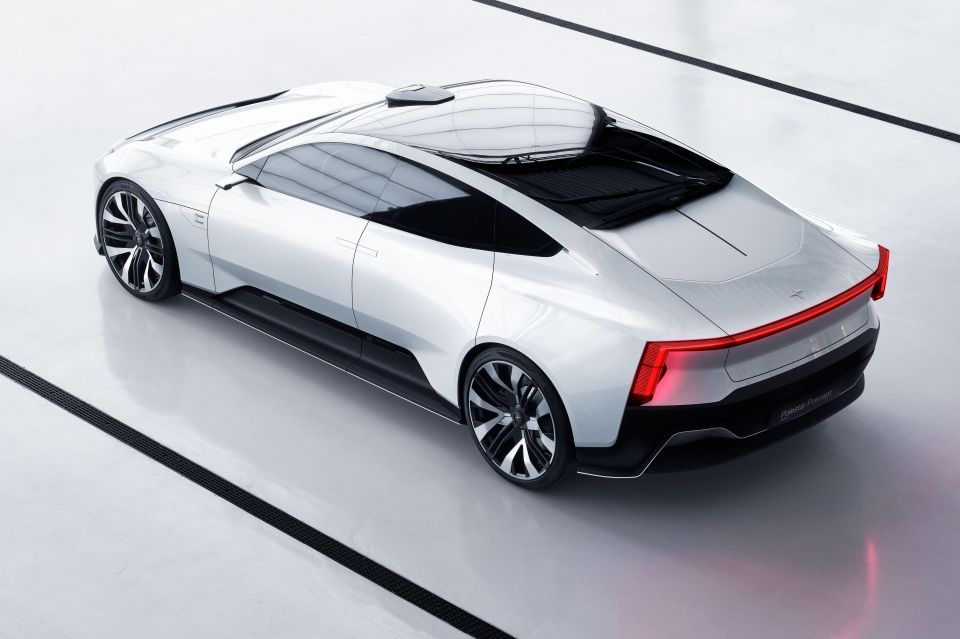
Expected to be produced in China from 2023, the 4 will be a smaller and more affordable coupé SUV compared to its larger Polestar 3 sibling, to compete with the Tesla Model Y as well as luxury fare such as the next-generation Porsche Macan EV.
The firm also has models such as the Porsche Taycan and Audi e-tron GT in its sights. The Polestar 5, expected to be on sale from 2024, will be this electric fastback halo product.
The company revealed a camouflaged prototype of the 5 at the recent Goodwood Festival of Speed, where it claimed the top version would offer 650kW of power and 900Nm of torque from a dual-motor powertrain, and feature an 800V architecture to maximise DC charging.
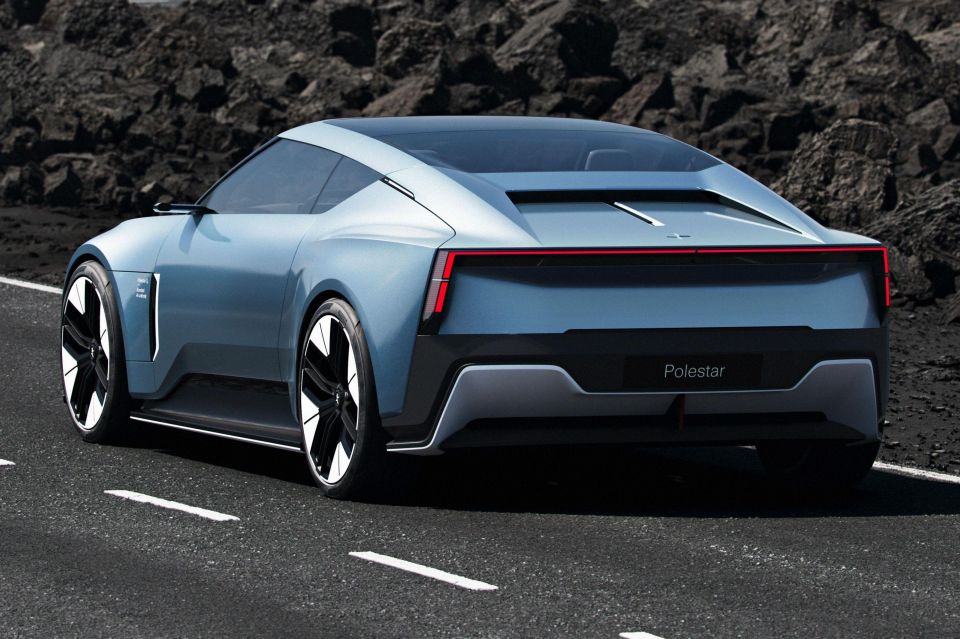
The most speculative concept that Polestar has revealed is the O2 Concept. A 2+2 convertible roadster, CEO Thomas Ingenlath claims that this is ‘the hero car for our brand’, providing a taste of the company’s design and engineering capabilities and its performance intent.
Whilst it is currently uncertain whether the company will put the O2 into production, it is possible that a production version would feature the same electric powertrain previewed in the Polestar 5.
See more of Vivek’s brand wraps below.
MORE: Smart, where is it now? MORE: DeLorean, what is happening? MORE: Brabus, a quick look at the famed Benz tuner MORE: Brand overview, Chery MORE: SsangYong, the history of a brand with an uncertain future MORE: Brand overview, Xpeng MORE: Brand overview, China’s Human Horizons aka HiPhi MORE: Brand overview, Nio MORE: Brand overview, BYD
Where expert car reviews meet expert car buying – CarExpert gives you trusted advice, personalised service and real savings on your next new car.


Damion Smy
10 Hours Ago


Damion Smy
13 Hours Ago


Damion Smy
17 Hours Ago


Damion Smy
18 Hours Ago


Damion Smy
18 Hours Ago


Damion Smy
19 Hours Ago